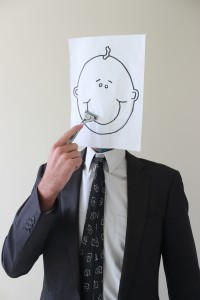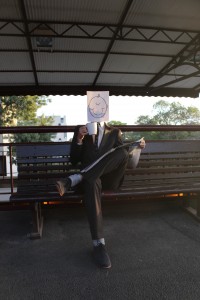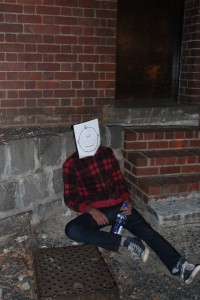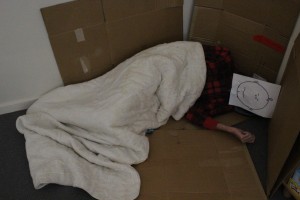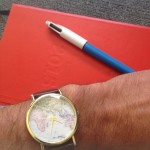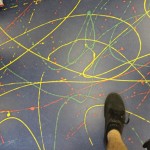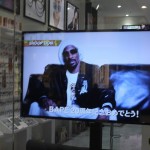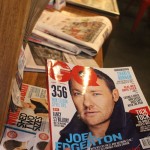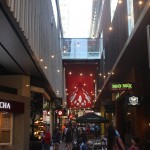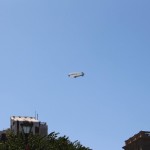It was a great experience going around the class and having a chance to see the styles and features of the other self-portraits. Throughout the room there were people who had experience in photography but were editing beginners and the vice-versa, there were poets and playwrights, observers and performers so there was something to learn from everyone. To be able to hear the ideas and processes behind the works and more-so what they saw as important about themselves gave an interesting insight into the various styles, themes and approaches to this project.
I learnt that Sebs life revolves around his kitten and his kitchen, whereas Sally found identity and memory in her bedroom. I also learnt that Daniel and Trong’s perception – as bike riders – found a different meaning to Tyler in his video clip that included a bike lane on a long empty road. Jasmine’s previous experimentation with lighting and contrast saw an extra level in Tim’s use of darks and lights in every shot which he claims was a “happy accident”. What this showed me was how the meaning, of something as ambiguous as identity, can have such a wide scope in the eye of the producer. This demonstrates the importance of our own understanding and perspective on life, behind the camera, in affecting the way media is portrayed to audiences.
